Reef Models
Prospect generation is relatively straightforward in many reef trends because the reef itself normally provides both reservoir and trap, and the enclosing rock is commonly both seal and hydrocarbon source. Some major unexplored North American reef trends still exist. For example, the Jurassic reefs on the Atlantic continental margin are the best, and perhaps last hope of major reserves In this area. Without boreholes, however, geologists can at most only predict the existence of potential subsurface reef trends. There, the task of generating the individual reef prospects falls to seismologists. Some criteria for detecting reefs with the seismograph are:
- compaction structures in bedding above reef
- steep dips along reef edges
- diffractions from reef edges
- evidence of velocity anomalies
- zone of weak reflections
- interruptions in lateral continuity of strata
- disappearance of reef platform reflections (Lyons et al. 1972)
In detecting reefs with the gravimeter, the usual criterion is the observance of local gravity maxima, which are expressions of higher density carbonate reefs enclosed in lower density shale or salt. Compaction anticlines that have developed over reefs may contribute to the maximum gravity anomaly. A major Devonian field, the Red-water reef oil field in Alberta, Canada, is clearly detected by gravimetry (Figure 1 and Figure 2)
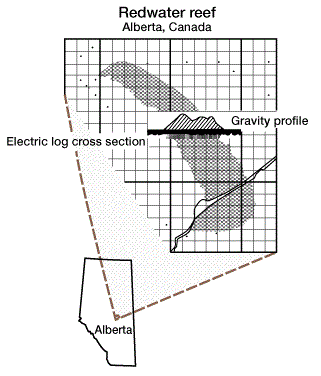
Niagaran (Silurian) pinnacle reefs in Michigan also have been found by gravimetry.
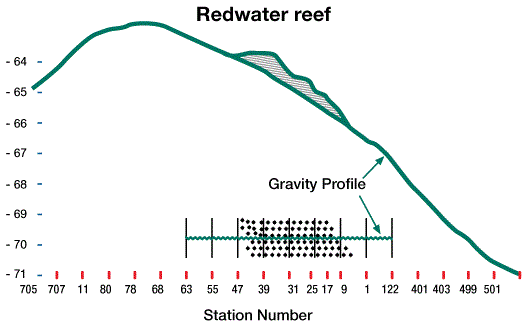
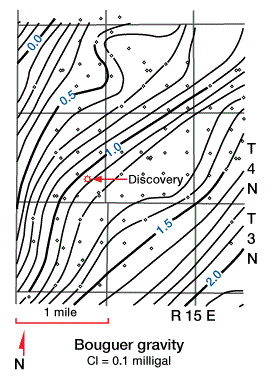

show the Bouguer anomaly map and the residual maximum feature which led to the discovery of the Boyd field a Silurian Niagaran reef in the Michigan basin (Figure 5).
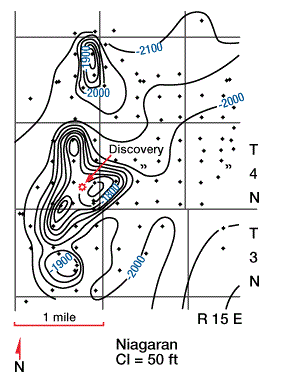
The discovery of Black Lake field, Nachitoches Parish, Louisiana was the result of persistent prospect generating by a geologist. In an area covering about four townships, six dry holes had penetrated the Sligo Limestone (Lower Cretaceous) (Figure 6 and Figure 7) The three downdip holes contained “Pettet” reef facies,
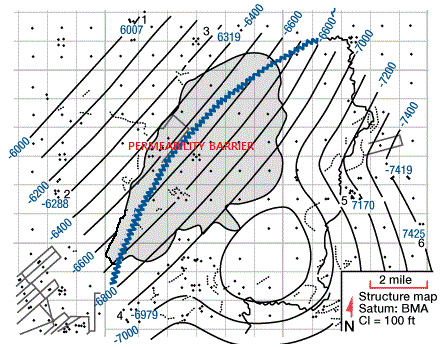
and the three updip holes had tight Sligo Limestone.

A structural closure at the post-Sligo “BMA” level was postulated (Figure 6) together with a permeability barrier (Figure 7).
A seismic survey disproved the structural turnover but indicated a structural nose which together with the permeability barrier, provided for a large stratigraphic trap. The Black Lake reef prospect contained 156 million barrels of in-place oil and condensate and nearly 8.9 1012 cu ft of gas-in-place.
 Petro Shine The Place for Oil and Gas Professionals.
Petro Shine The Place for Oil and Gas Professionals.



